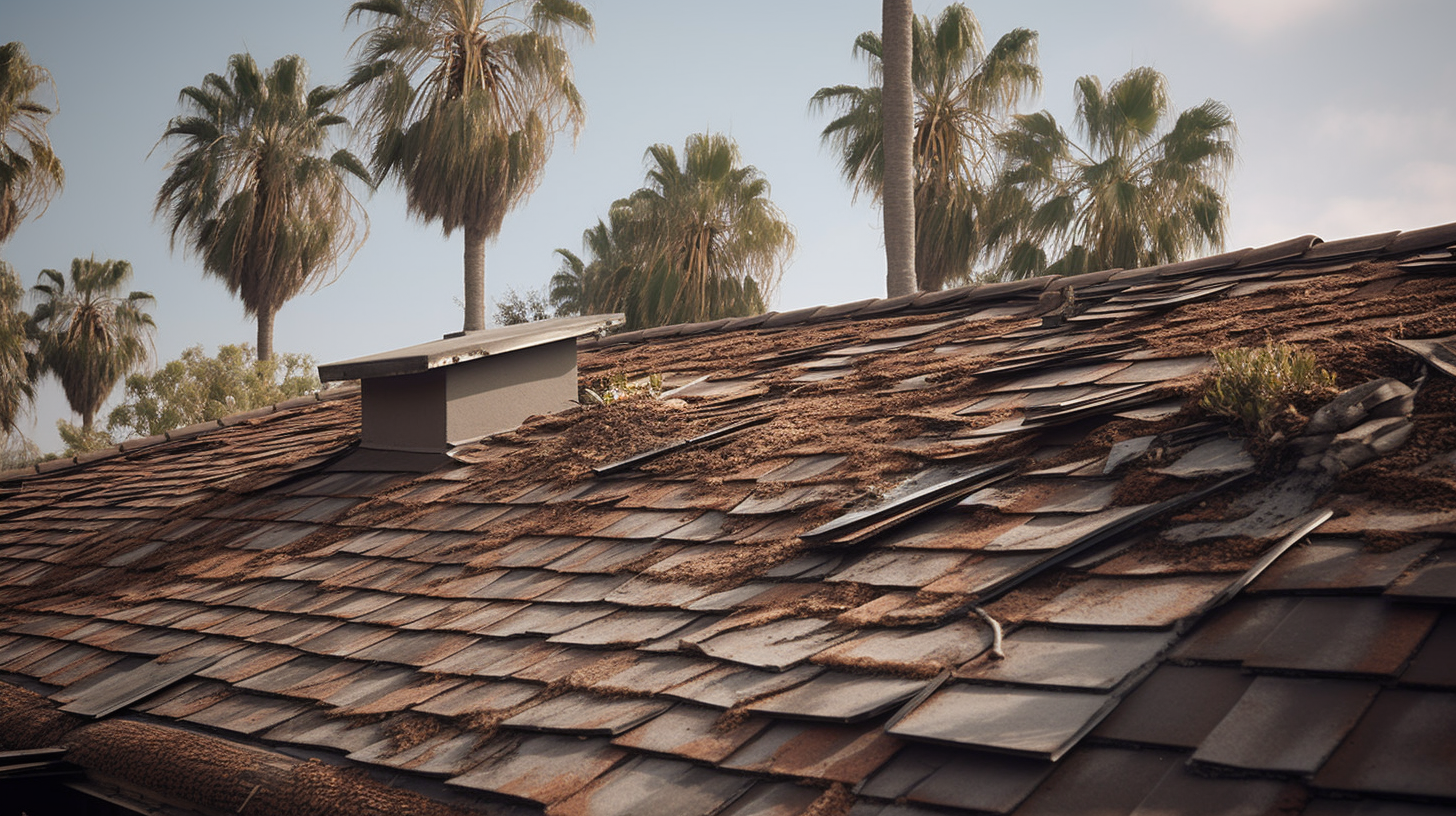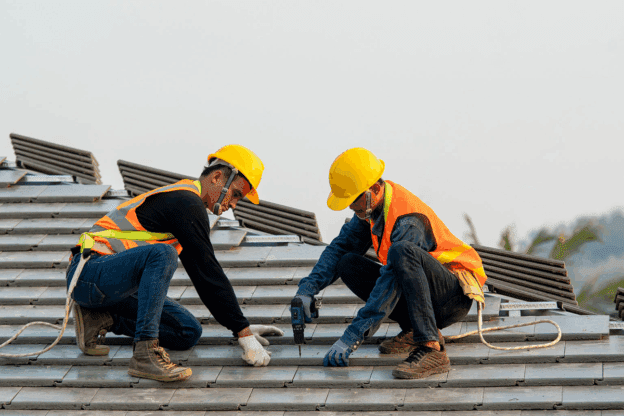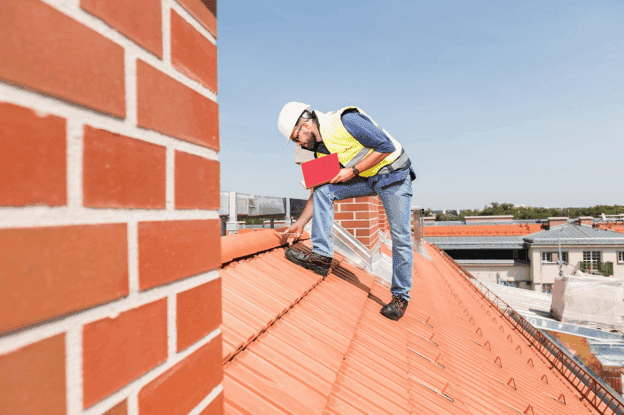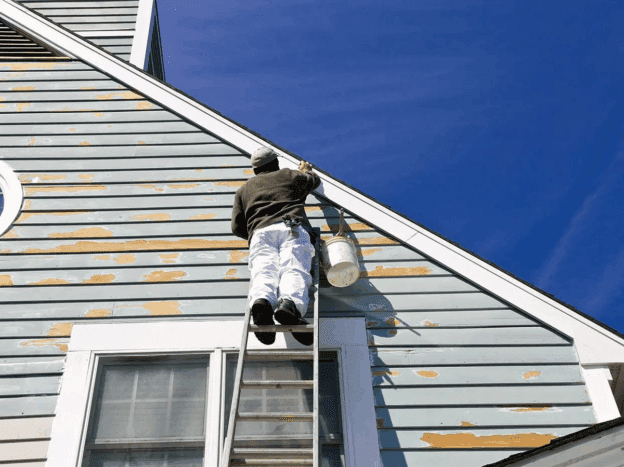
Roofing: Proactive vs Reactive
Understanding Proactive Roofing
Proactive roofing is an approach that focuses on preventing problems before they occur by investing in regular inspections, maintenance, and repairs. This approach is designed to extend the lifespan of your roof and protect your property from damage.
Benefits of Proactive Roofing
Regular Inspections
Proactive roofing starts with regular inspections, usually conducted at least once a year. These inspections can help identify potential issues before they become major problems, allowing for timely repairs and maintenance.
Preventative Maintenance
In addition to regular inspections, proactive roofing includes routine maintenance such as cleaning gutters, repairing damaged shingles, and sealing any leaks. This can help prevent future problems and prolong the life of your roof.
Financial Savings
Proactive roofing can save you money in the long run by reducing the need for costly emergency repairs and replacements. Regular maintenance and inspections can help you avoid expensive damage to your property, and a well-maintained roof can last longer than one that is neglected.
Understanding Reactive Roofing
Reactive roofing, on the other hand, is an approach that focuses on addressing problems as they arise, rather than trying to prevent them. This means that repairs and maintenance are typically only carried out when issues become apparent or cause damage.
Drawbacks of Reactive Roofing
Emergency Repairs
Reactive roofing often results in the need for emergency repairs, which can be stressful and expensive. By waiting until a problem is severe enough to require immediate attention, you may be faced with higher repair costs and potential damage to your property.
Higher Costs
In the long run, reactive roofing can be more expensive than proactive roofing due to the increased likelihood of costly repairs and replacements. Regular maintenance and inspections can help you avoid these expenses by addressing problems early on.
Additional Property Damage
Reactive roofing can also lead to additional property damage, as issues may not be identified or addressed until they cause significant harm. This can result in costly repairs to not only your roof but also the interior of your property.
Comparing Proactive and Reactive Roofing Approaches
Key Differences
Planning and Budgeting
Proactive roofing allows for better planning and budgeting, as regular inspections and maintenance can help you anticipate and address issues before they become major problems. Reactive roofing, however, can lead to unexpected expenses and financial strain due to emergency repairs and replacements.
Longevity and Durability
A proactive approach to roofing can lead to a longer-lasting and more durable roof, as regular inspections and maintenance help to prevent issues from escalating. On the other hand, reactive roofing may result in a shorter lifespan for your roof, as problems are only addressed when they become severe enough to cause damage.
Peace of Mind
Proactive roofing provides peace of mind, knowing that your roof is being well-maintained and that potential issues are being addressed before they become significant problems. Reactive roofing can be more stressful, as you may be constantly worried about when the next issue will arise and the potential damage it could cause.
Making the Right Choice for Your Roof
Assessing Your Roof’s Needs
To determine whether a proactive or reactive approach is best for your roof, consider factors such as the age and condition of your roof, your budget, and your tolerance for risk. If your roof is relatively new and in good condition, a proactive approach may be more suitable. However, if your roof is older or has a history of problems, a reactive approach may be necessary to address immediate concerns.
Weighing the Pros and Cons
Consider the benefits and drawbacks of each approach before making a decision. Proactive roofing can save you money in the long run, provide peace of mind, and extend the life of your roof. Reactive roofing, on the other hand, may be less expensive upfront but can lead to higher costs and additional property damage over time.
Conclusion
Choosing between proactive and reactive roofing ultimately depends on your specific needs, budget, and preferences. By carefully considering the benefits and drawbacks of each approach, you can make an informed decision that will best protect your property and ensure the longevity of your roof.
Frequently Asked Questions
1. How often should I have my roof inspected?
It is generally recommended to have your roof inspected at least once a year. However, this can vary depending on factors such as the age and condition of your roof, local climate, and any recent severe weather events.
2. Can I perform my own roof inspections and maintenance?
While some basic maintenance tasks can be performed by homeowners, it is best to have a professional conduct inspections and more complex repairs. This ensures that any issues are properly identified and addressed, and can help prevent further damage.
3. How can I tell if my roof needs proactive or reactive maintenance?
Assess the age and condition of your roof, as well as your budget and tolerance for risk. If your roof is relatively new and in good condition, a proactive approach may be more suitable. If your roof is older or has a history of problems, a reactive approach may be necessary to address immediate concerns.
4. How much does proactive roofing maintenance cost?
The cost of proactive roofing maintenance can vary depending on factors such as the size and complexity of your roof, the specific services required, and your location. However, investing in regular maintenance can help you avoid more costly repairs and replacements in the long run.
5. What are some signs that my roof may need immediate attention?
Signs that your roof may need immediate attention include visible damage such as missing or damaged shingles, leaks, water stains on your ceiling or walls, and sagging or buckling. If you notice any of these signs, it is important to contact a professional roofer as soon as possible to address the issue and prevent further damage.
Tidal Remodeling
Are you ready to embrace a proactive approach to roofing and protect your home from potential damage? Tidal Remodeling is here to help you make the right choice for your roof. With our expert knowledge and dedication to quality service, we can provide the regular inspections, maintenance, and repairs you need to ensure your roof stays in top condition. Don’t wait for problems to arise—take control of your roofing needs today! Click the link below to sign up for a personalized estimate from Tidal Remodeling and safeguard your home’s future.



